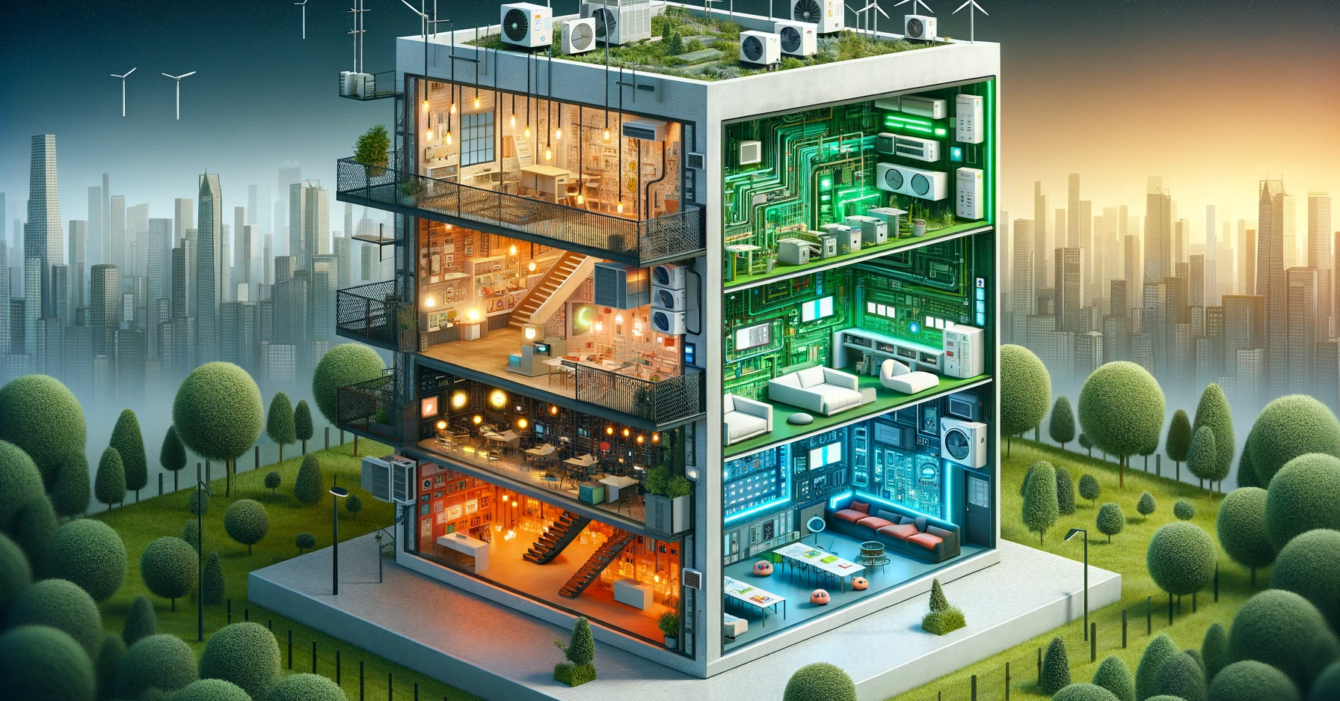Building infrastructure accounts for nearly 40% of the global energy consumption and associated greenhouse gas emissions. Unexpectedly, over half of this energy consumption map is attributed to operating electrical equipment and systems for lighting, cooling/heating and running various utilities.
As sustainability challenges mount in the face of climate change, it has become imperative for facility owners and managers to prioritize efficiency in their structures. When it comes to improving building efficiency, electrical systems design plays a pivotal role as it impacts long-term operating costs as well as the environmental footprint.
In this post, we discuss key considerations in electrical systems design that can optimize energy utilization and efficiency in buildings:
Lighting Systems Design Seemingly simple lighting designs focusing on lower wattage fittings, LED systems and optimal spatial placements can create dramatic improvements in lighting and energy efficiency. Automated lighting control systems integrated with occupancy sensors, schedules and daylight harvesting features also warrant deep efficiency gains.
Heating/Cooling Equipment Sizing Oversized HVAC equipment typically operates inefficiently often starting/stopping as per variable demands. Hence right-sizing HVAC systems through accurate heating/cooling load calculations ensures optimum efficiency levels aligned with the building usage.
Equipment and System Selection Higher efficiency electrical equipment and systems tailored to application loads offer significant efficiency upside compared to mismatched components. Hence careful evaluation of star ratings, technology comparisons, expected loads per area etc. is vital while selecting distribution transformers, wiring, pumps/motors and other equipment.
Modeling and Simulation Advanced modeling and simulation software allow electrical engineers to create digital twin models of building facilities to simulate performances. This facilitates testing of various what-if scenarios to arrive at the most well rounded designs focused on lowering ownership costs.
Talk to ELTEC’s industry experts to know how reimagining your electrical systems design can drive multifold efficiency gains sustainably.












